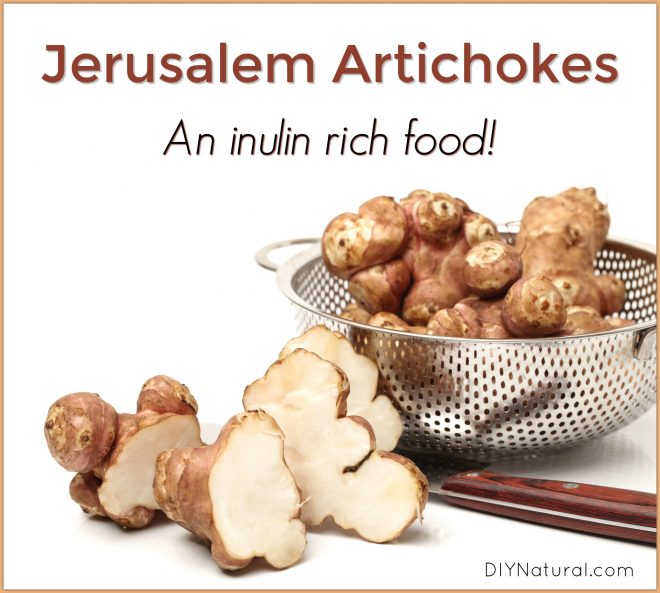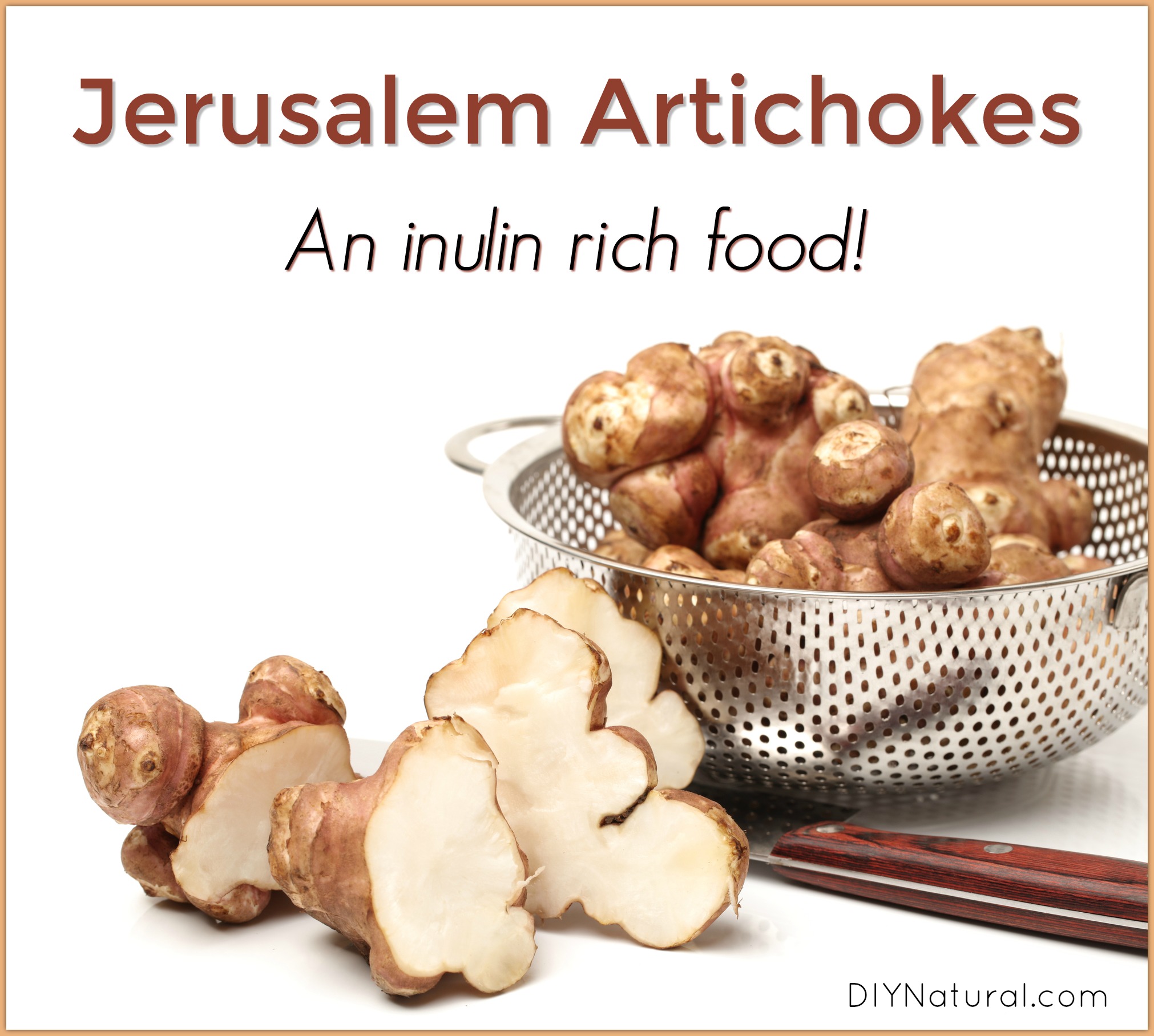
A few weeks ago it was unseasonably warm for January here in Ohio, so my family went out and did some gardening. One of the beds I focused on was a new one I’m trying to wrest from the clutches of a native flower called the sunchoke, and it inspired me to bring some in and have them for dinner.
Sunchoke a.k.a. Jerusalem Artichoke
Also known as Jerusalem artichoke or Helianthus tuberosus, this flower is native to the midwest here in North America and is a joy in almost every season. The really great thing about it is that it has a justifiable reputation for regulating blood sugar.
Identifying Sunchokes
The jerusalem artichoke is in the sunflower family, so it has a beautiful yellow flower. While it looks like a miniature sunflower, it doesn’t develop seeds like its namesake. It grows on waste ground in the margins between fields or on the edges of woody areas. Ours grow at least 6 feet high and have a decidedly purple undertone to the green in the leaves and stem. We bought tubers once a long time ago and since then they have multiplied, moving themselves around inexplicably from spot to spot on the farm.
Using Sunchokes (And a Few Warnings)
In spring, our sunchokes create a living barrier to our fishing deck. In the summer, they bloom and attract all manner of pollinators. In the winter, we dig the tubers and eat them. It’s during the fall when they aren’t quite so wonderful. The ugly truth about the sunchoke is that they require a bit of frost on them before they are socially acceptable to eat. If you eat them before they’ve had a bit of chilling the results can be quite… musical… in your home. This is the real reason some people have a hatred for this traditional food; it’s not easy on the stomach if eaten at the wrong time of year. If you wait for the right time though, the payoff is worth it.
Don’t dig them all at once and try to store them either. Unfortunately, the longer the sunchoke is in storage, the longer its sugars have to convert. Eventually, this tuber can edge closer to the glycemic index of the potato. We keep the ground from freezing and harvest them meal by meal throughout the winter.
Are Jerusalem Artichokes Inulin Rich? Yes!
This delicious vegetable is high in inulin, which is a starch that is effective for controlling blood sugar. (Read more about the benefits of inulin – a natural food source.) For this reason, sunchokes make a wonderful potato substitute for diabetics, or even for those who are on a paleo diet.
Delicious Ways to Prepare Sunchokes
I’ve been eating a bit more paleo recently and have enjoyed quite a few meals of sunchokes in soups, mashed, baked, and fried. My family was skeptical the first time, especially my father, but the creamy soup I made changed everyone’s mind. If it is eaten raw, you can slice it like a water chestnut and add it to salads. If you would like to cook it you can think of it like a potato. It is creamy, nutty, and delicious when steamed or roasted.
This is the very first way I learned to cook this delicious native:
Delicious Sunchoke Soup
Ingredients
- 4 Tbsp butter
- 1 onion, chopped
- 1 pound Jerusalem artichokes, peeled and chopped
- 3 ¾ cups chicken bone broth (find it here or learn to make bone broth)
- ⅔ cup milk
- ⅔ cup heavy cream
- pinch of saffron powder (find it here)
- salt and pepper, to taste
Directions
1. Peel and chop Jerusalem artichokes.
2. Melt butter in a soup pot, then add onion and cook until it’s translucent.
3. Stir in Jerusalem artichokes, cover, and cook 10-15 minutes until softened.
4. Add the chicken broth and milk, then simmer for another 15 minutes
5. Add soup to a food processor and process until smooth. Alternatively, you can use an immersion blender right in your soup pot.
6. Return to the pot and add half the cream. Salt and pepper to taste.
7. Lightly whip the remaining cream with the saffron powder.
8. Serve the soup with a dollop of saffron cream on the top and garnish with parsley or chives.
*******




If you buy them…how can you tell if they are “ripe”?
THAT’S a really great questions and unfortunately I can’t answer it. As far as I know, there isn’t any remarkable difference until after you’ve eaten them. Perhaps someone else here knows something I don’t. It’s a great reason to buy them from someone locally or grow them yourself.
You can eat them at any stage, but the longer they stay in the ground, the sweeter they get. I save the smaller ones to plant the next year and eat the larger ones. Problem is, I want to eat them all! Rayna, you’ll be able to grow them where you live, no problem. I had them in Minnesota and they did fine as long as they were covered with snow. This year, I’m getting some of the purple or red ones!
Hi Dawn – I enjoy reading your posts – thank you! I do have a question – how do you keep the ground from freezing? I’m in NH, and can’t imagine this, but maybe the climate is milder in Ohio?
Andrea
It’s possible we’re a bit more mild but not by much! We have used a number of strategies over the years. My favorite is the most simple. Stack a few hay bales over the ground that you would like to keep from freezing. It usually keeps enough of a microclimate that the ground stays workable. You might use a heavy layer of mulch as well, just use something you can dig out of the way to get down to the dirt.